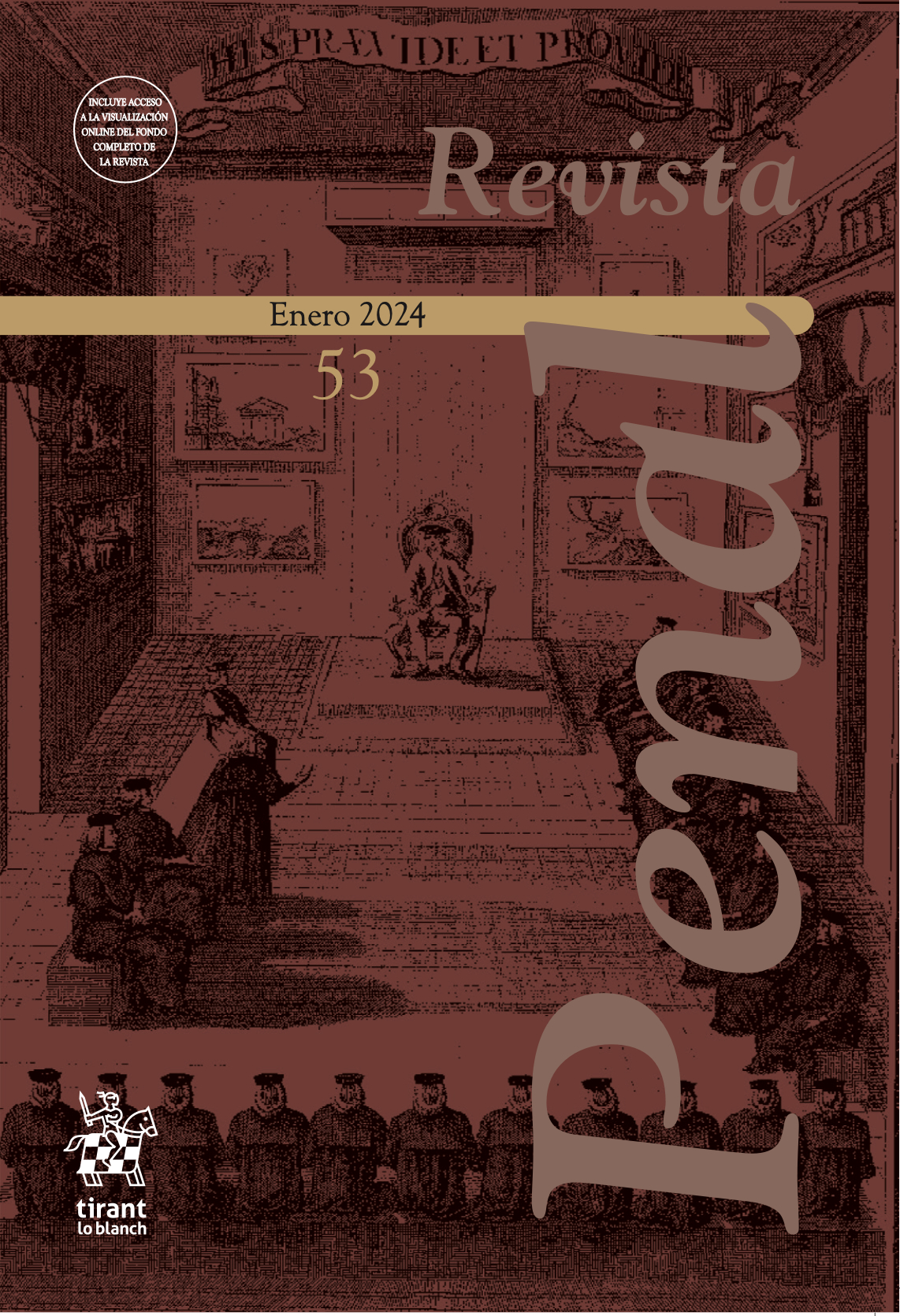The emergence of compliance programs and their relevance in the criminal prosecution of legal entities in the U.S.
Keywords:
legal entities, corporate criminal liability, respondeat superior, compliance programs, Organizational GuidelinesAbstract
The model for attributing criminal liability to legal entities used by U.S. courts is the respondeat superior doctrine, a model of vicarious liability enshrined in the New York Central & Hudson River Railroad Co. v. United States (1909), under which legal persons are criminally liable for crimes committed by any of their representatives, managers or employees, provided that they act in the exercise of their functions within the entity and with the intent to benefit the entity. The implementation and effective execution of a compliance program will allow the mitigation of the penalty to be imposed on the legal entity in application of the Federal Sentencing Guidelines for Organizations and will be an essential factor to be considered by the Prosecutor’s Office when deciding whether to bring charges against the legal entity.



